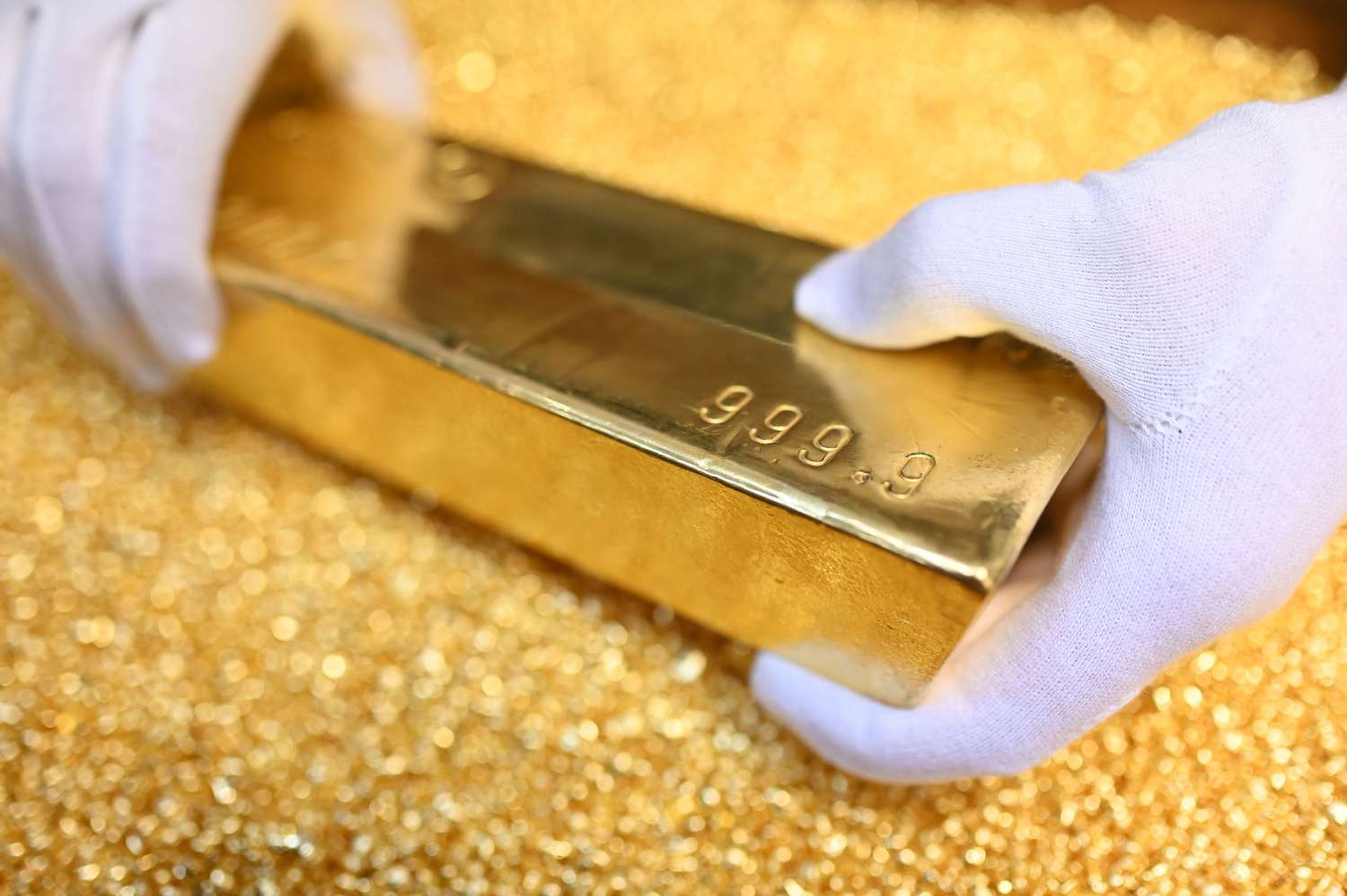Gold Glitters in COMEX Vaults as Inventories Surge

Physical gold continues its march into COMEX vaults, with a fresh inflow of 1.1 million ounces bringing total inventories to an impressive 27 million ounces. Year-to-date, COMEX gold inventories have risen by a remarkable 34%, a surge that raises important questions about the forces driving this influx and its implications for the broader gold market.

COMEX vaults hold a critical place in the gold market, bridging the gap between futures contracts and physical metal. Unlike gold ETFs or purely financial derivatives, COMEX futures carry the potential for physical delivery upon expiration, requiring these vaults to maintain robust inventories. The current increase in physical gold reserves suggests that market participants are preparing for heightened delivery activity, an indication of growing demand for the metal as both a financial and physical asset.
The reasons behind this inflow are multifaceted, tied to both macroeconomic and market-specific factors. Inflation continues to dominate the global economic narrative, with persistently high prices eroding purchasing power and sparking concerns about currency stability. Gold’s centuries-old reputation as a hedge against inflation has once again come to the fore. Investors, wary of further devaluation in fiat currencies, are turning to gold as a store of value. The influx of physical gold into COMEX vaults likely reflects an effort to meet the rising demand for secure, deliverable assets.
Economic uncertainty has also played a significant role. Global financial markets remain volatile, with geopolitical tensions and shifting central bank policies creating an environment of heightened risk. Gold’s status as a safe-haven asset has drawn in not only individual investors but also institutions seeking to safeguard their portfolios against unforeseen shocks. The increase in inventories ensures that the COMEX system remains capable of handling elevated demand for physical delivery, particularly as the metal becomes an even more attractive hedge against uncertainty.
Another factor driving this inflow could be strategic stockpiling. Central banks and large financial institutions have been active buyers of gold in recent years, citing its ability to diversify reserves and protect against market instability. The surge in COMEX inventories may be connected to this broader trend, reflecting a desire to maintain ample physical gold reserves to fulfill futures contracts or meet future demand.
It’s also worth considering the supply side of the equation. While gold production has remained relatively stable, logistical improvements post-pandemic have made it easier to move gold from producers to vaults. The current inflows into COMEX may partially reflect this logistical recovery, enabling vaults to replenish inventories that were previously strained by delivery bottlenecks.
The increase in COMEX gold inventories has implications for the market. In the short term, the buildup of physical gold could provide stability, ensuring that delivery obligations are met without disrupting market operations. However, it’s important to note that a rise in inventories doesn’t necessarily indicate a surplus. Much of the newly vaulted gold may already be allocated to existing contracts, meaning that the market’s underlying demand-supply balance remains tight.
Looking forward, the 34% year-to-date increase in COMEX gold inventories underscores the metal’s enduring appeal in an unpredictable world. Gold’s dual role as a safe-haven asset and a financial hedge positions it as a critical component of both individual and institutional strategies. The recent inflows highlight the market’s anticipation of continued demand, reflecting both short-term needs and long-term trends.
The surge of physical gold into COMEX vaults isn’t just a logistical movement; it’s a signal of the shifting dynamics in the global gold market. As investors and institutions navigate a landscape marked by uncertainty, inflation, and geopolitical risks, gold remains a steadfast choice for preserving value. The growth in COMEX inventories serves as a testament to gold’s relevance in an ever-changing economic environment, reinforcing its status as the ultimate anchor in turbulent times.
Latest articles
Tool and strategies modern teams need to help their companies grow.
Invite users to stay updated with exclusive insights and market trends by subscribing to the newsletter.
InProved Pte. Ltd. (“InProved”, UEN 201602269C). InProved is regulated by the Ministry of Law (“Minlaw”) and holds a Precious Stones and Precious Metals license for dealing in bullion products (PSPM License PS20190001819). For additional legal and privacy related information related to InProved, please visit are terms and conditions.
Our products and services are only available to Accredited Investors. Investing in bullion involves risk, and there is always the potential of losing money. Certain bullion products are not suitable for all investors. The rate of return on investments can vary widely over time, especially for long-term investments. Past performance is no guarantee of future results. Before investing, consider your investment objectives and any fees and expenses that may be charged by InProved and any third-party stakeholders. The content provided herein is for informational purposes only and is not investment or financial advice, tax or legal advice, an offer, solicitation of an offer, or advice to buy or sell or hold bullion products. This material has not been reviewed by the Minlaw.
Statements made are not facts, including statements regarding trends, market conditions and the experience or expertise of the author or quoted individual(s) are based on current expectations, estimates, opinions and/or beliefs. Opinions expressed by other members on InProved should not be viewed as investment recommendations from InProved. Endorsements were provided at the request of InProved. InProved is not affiliated with and does not purport to own or control any third-party content linked herein.
Copyright © 2025 InProved Pte Ltd (UEN 201616594C, PSPM license PS20190001819)
